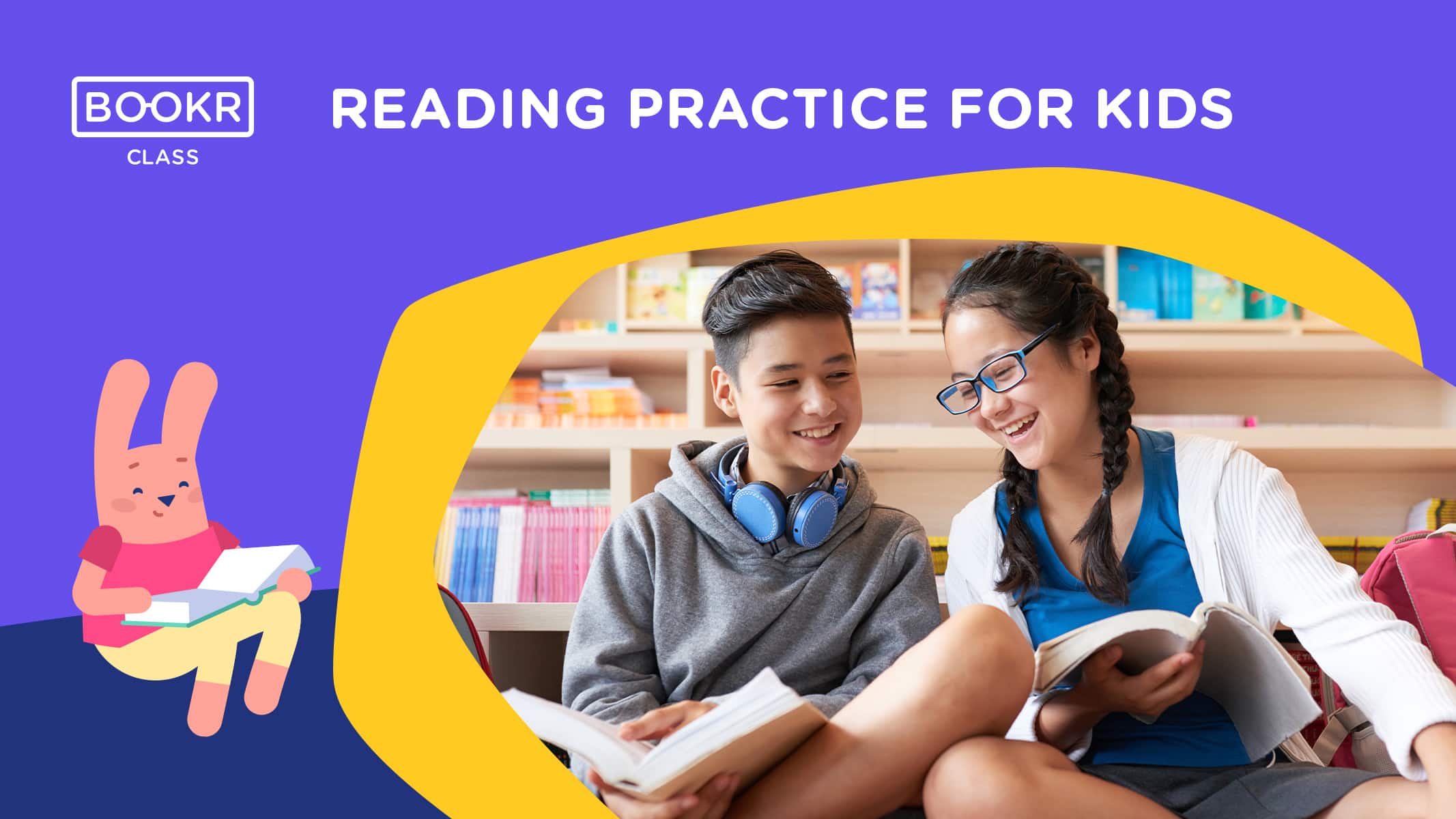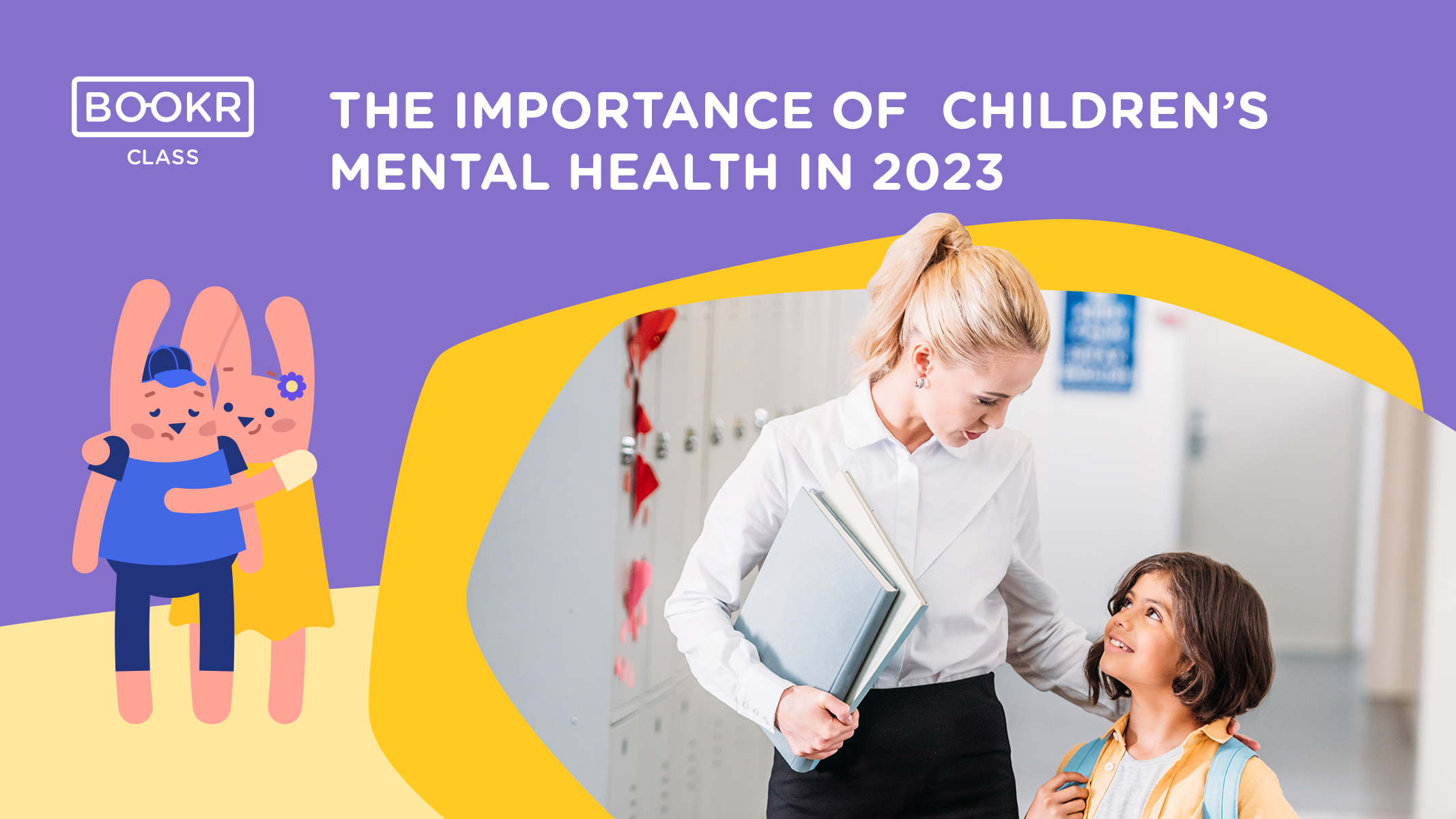Inclusive Teaching Practices In The (Language) Classroom
The 21st century has brought about many changes in (language) education. For instance, in the wake of COVID-19, newer ways of teaching methodology emerged to respond to the challenges posed by the global pandemic. However, besides various external factors, internal social changes have acted as a catalyst for change in education systems.
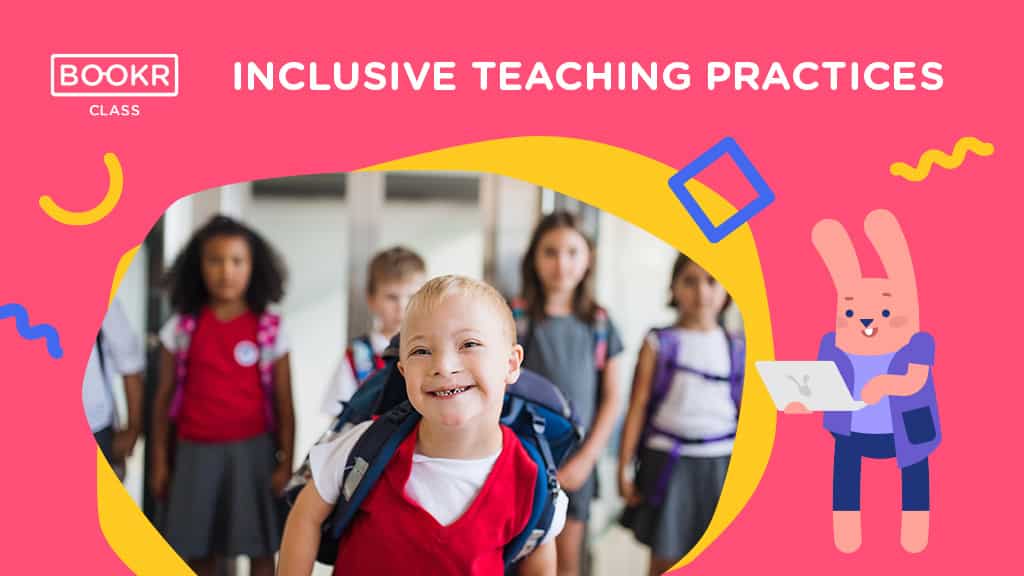
Table of content
The changing face and demands of present-day language learners now urge educators to take prompt action to cater for their students’ needs. As a result, the success of learning will greatly depend on the learning context. As a result, classrooms ought to become more inclusive and welcoming than before in order to provide learners with a platform for free interaction in a welcoming and supportive environment to achieve their goals.
What is inclusive education?
Triggered by the varied needs of 21st-century learners, the implementation of more inclusive practices have become necessary in modern-day teaching. Before jumping into the topic, we must elaborate on a few key terms connected to various learning contexts in terms of human relationships.
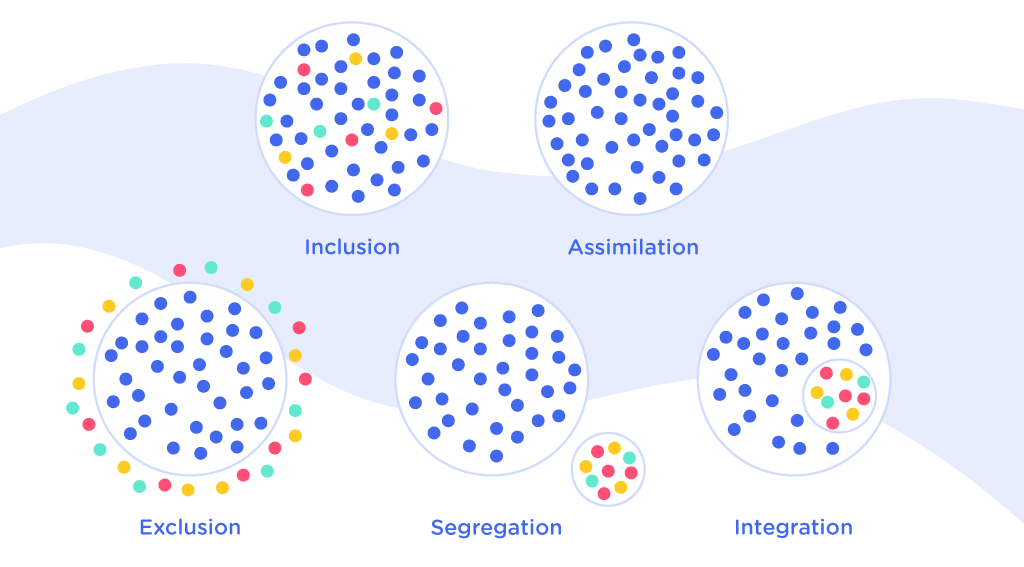
In essence, inclusion is “a process that is concerned with the identification and removal of barriers to the presence, participation and achievement of all students”. The formerly mentioned and closely related notion of equity refers to a (learning) context where everyone receives fair treatment (according to individual needs).
For education, this means that teachers build on their learners’ strengths and weaknesses for differentiation, as opposed to following a rigid and highly prescriptive curriculum.
Peripheral learner identities (related to gender or ethnic background), differences in socio-economic status, or physical, sensory, or cognitive challenges to overcome mean the most typical obstacles to class participation.
Today, the concept of ‘different’ is rather challenging to grasp, since the notion of ‘normal’ has become problematic to clearly define as well.
Moreover, research has shown that inclusion may not only be beneficial for the marginalised but can also provide an enriching learning experience for all who belong to diverse groups and “share the power of representation and presentation”.
What are special needs?
“Students have special educational needs if they have significantly greater difficulty in learning than the majority of students of the same age, and special educational provision has to be made for them”. The exact wording of the notion may vary across countries, depending on what the national core curriculum places an emphasis on. Note that exceptionally talented or gifted students should not go unnoticed either as they will also require a different approach (or special treatment) in the classroom.
The below list shows some common areas of special needs teachers may encounter in the classroom:
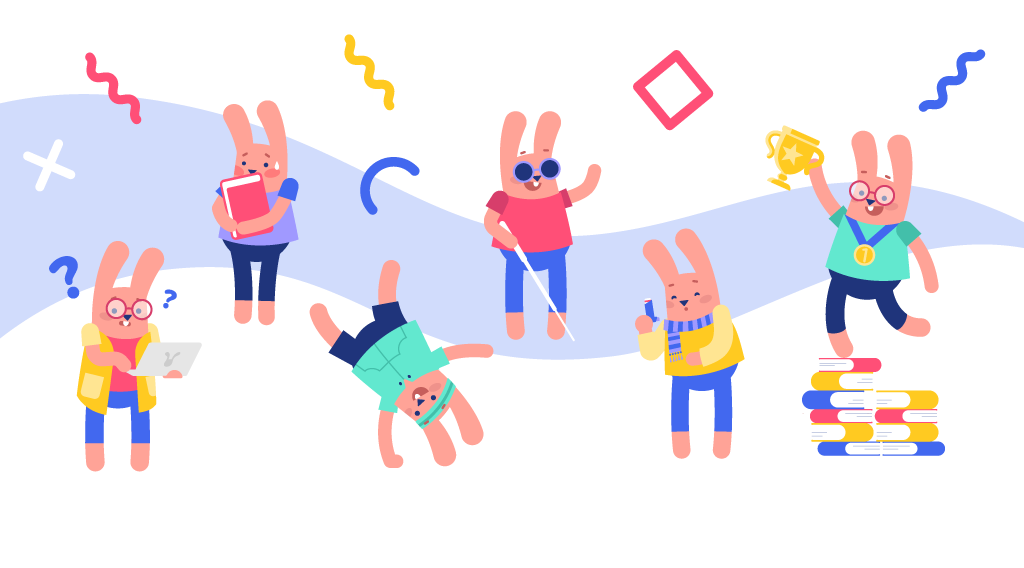
Ideally, inclusive classrooms integrate a set of approaches that help embrace diversity. Educators should open up opportunities for student representation and active participation in order to facilitate social-emotional and community learning.
Regarding academic achievement, special educational needs (SEN) students are likely to exhibit (one of) the following types of learning difficulties to a certain extent:
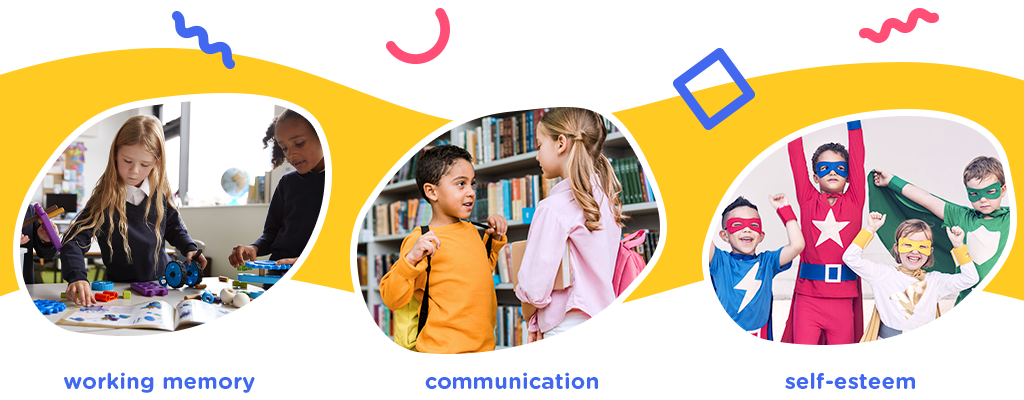
Teaching note:
A severe lack of confidence and self-esteem to cope with failure is often the root of the problem. The inability to keep up with peers may cause a feeling of worthlessness, stupidity, or even shame and lead to anxiety, demotivation, and listlessness.

Although drawing universal conclusions for learning difficulties would be extremely difficult, here are a few tips that may be applicable across a broader range of contexts.
Dyslexia - the key to it all?
Dyslexia is a widely researched area of special needs education, and it is probably the most relevant to talk about on the blog of BOOKR Class, the interactive library of English readers.
Yet, as mentioned earlier, if someone is challenged in reading in the first language, we can only imagine how intimidating it must be for dyslexic learners to do so in a foreign language.
For this article, I have conducted an interview with Dean Bragonier, founder and executive dyslexic of NoticeAbility, which is a non-profit organisation dedicated to helping students with dyslexia identify their unique strengths and build self-esteem.

In their work, they incorporate the neuroscience of dyslexia, the best practices of special education, and the power of EdTech to construct curricula and educator training programmes for global distribution.
When asked about how NoticeAbility might help students and teachers in special education programmes, Dean answered that their pedagogy was based on the neuroscientific discoveries made by Eide & Eide in The Dyslexic Advantage: Unlocking the Hidden Potential of the Dyslexic Brain.
The book pinpoints the cognitive and neurological assets of dyslexia, which NoticeAbility recognizes in order to boost student self-esteem and academic persistence in students through a strength-driven classroom approach. By re-contextualizing dyslexia, NoticeAbility’s holistic and comprehensive intervention enables teachers better to understand the potential of these often misunderstood students.
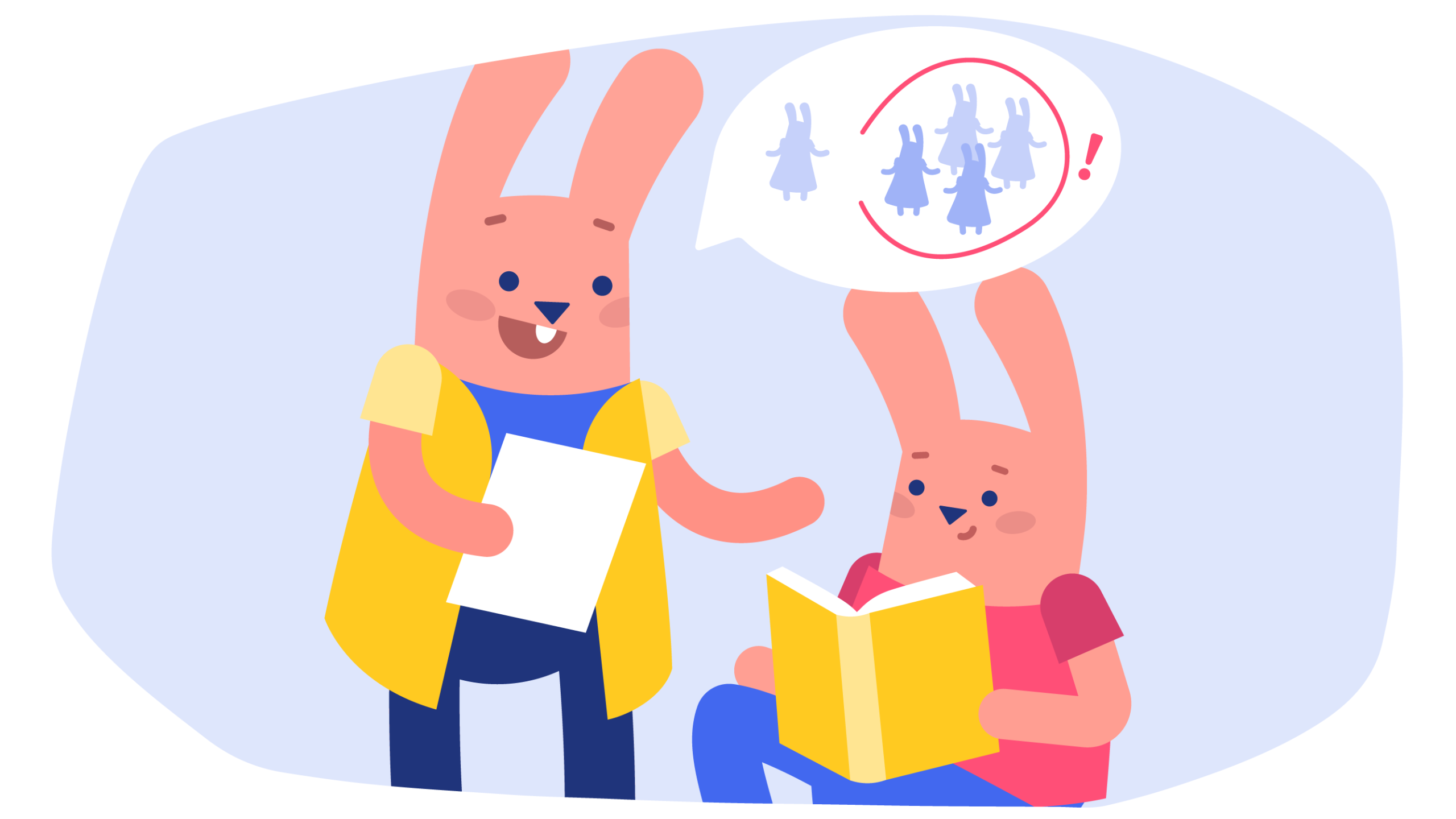
With reference to Hosking’s:
Critical Disability Theory, it can be further emphasised that ‘disability’ is, in fact, not the inevitable consequence of impairment but a socially constructed relationship between impairment, individual responses to impairment, and the social environment that fails to cater for the needs of those who do not meet the expectations of what is considered ‘normal’
The National Longitudinal Transition Study-2 report argues that the two predictors of long-term success for students with learning difficulties are
- supportive teachers who understand learning differences, and
- establishing close relationships with mentors

Consequently, building mutual understanding becomes inevitable as the unmet needs of SN students have far-reaching consequences for both the individual and society.
According to the National Center for Learning Disabilities (NCLD), there are about 2.4 million American public school students identified with a learning disability. Nonetheless, in reality, this number may be even higher as many cases are undiagnosed due to a number of reasons ranging from reluctance from the family to shame.
It has been proven that if students with learning difficulties do not receive proper support in school, they will become more likely to engage in disruptive behaviour.
Some negative outcomes may be as follows:
In order to advance further, decision-makers ought to build awareness on a systemic level, ideally by increasing staff capacity specialising in the field.
By offering teachers insight into the strengths of embracing diversity, the traditional ‘one-size-fits-all’ educational paradigm can be shifted towards a more inclusive one that values individual attributes, regardless of learning differences.
NoticeAbility designs project-based curricula centred around social-emotional learning (SEL) and executive functioning (EF) (i.e., a set of skills that include working memory, flexible thinking, and self control, used on a daily basis for learning, work, and navigating through life).

The aim is to empower educators to lead their students to success through a shift in classroom dynamics built on cooperation and authentic inquiry to replace doubt and fear of failure.
Students who complete SEL programs show a stronger sense of connection to the school, improved classroom behavior, and greater academic achievement. Similarly, improved EF skills have led to success in and outside of school, better mental and physical health, and positive cognitive, social, and psychological development.
Dean added that while it is undoubtedly a ‘reading’ disability, he opposes the categorization of dyslexia as a ‘learning’ disability.
The key of excellence lies in the appropriate presentation of educational content, through tools that students resonate with, e.g., via audio-visual, graphic, and pictorial means. Interestingly enough, 35% of all entrepreneurs and 40% of self-made millionaires are dyslexic
No wonder that empowerment through education is crucial, and even at the world’s best engineering university, dyslexia is referred to as ‘the MIT disease’.
This just goes to show that dyslexia, and learning difficulties in general, need not be fundamentally disabling.
“[Dyslexic people] have an ability to look at a situation and identify seemingly disparate pieces of information and blend those into a narrative, or a tapestry, that makes sense to us that most people can’t see.”

Fortunately, many EdTech companies have been able to answer the call of experts in terms of providing opportunities for SEN students. For example, BOOKR Class aims to support learners with dyslexia by incorporating authentic narration and captivating illustrations in their books.
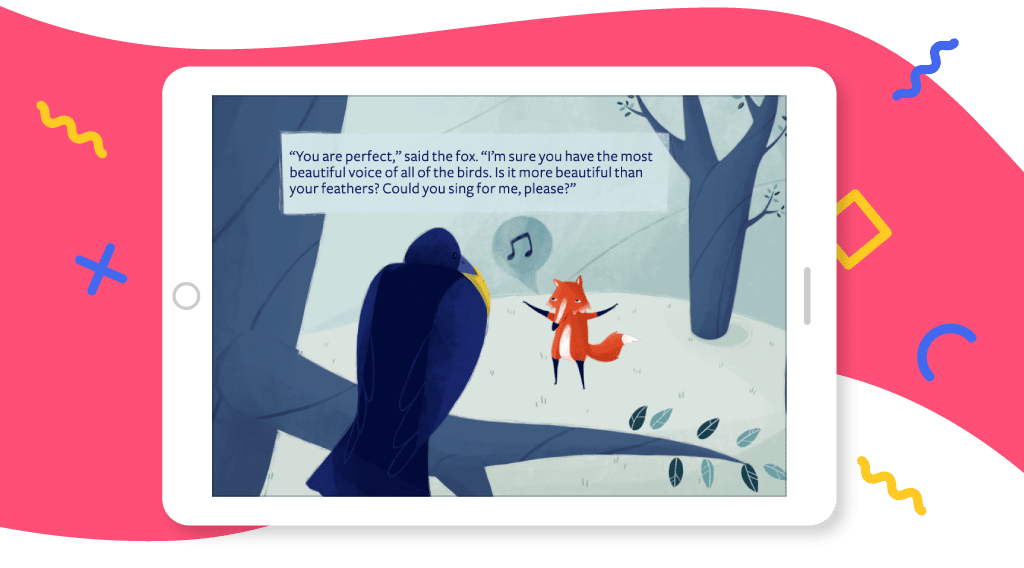
The reading texts are broken down into smaller, more digestible paragraphs and presented with text-highlighting and increased spacing between words.
The post-reading comprehension activities are also designed to strengthen the decoding and retention of information. Reading the tasks and certain answer options out loud facilitates the understanding of the instructions while the games provide instant constructive feedback for students, which contributes to a greater feeling of success.
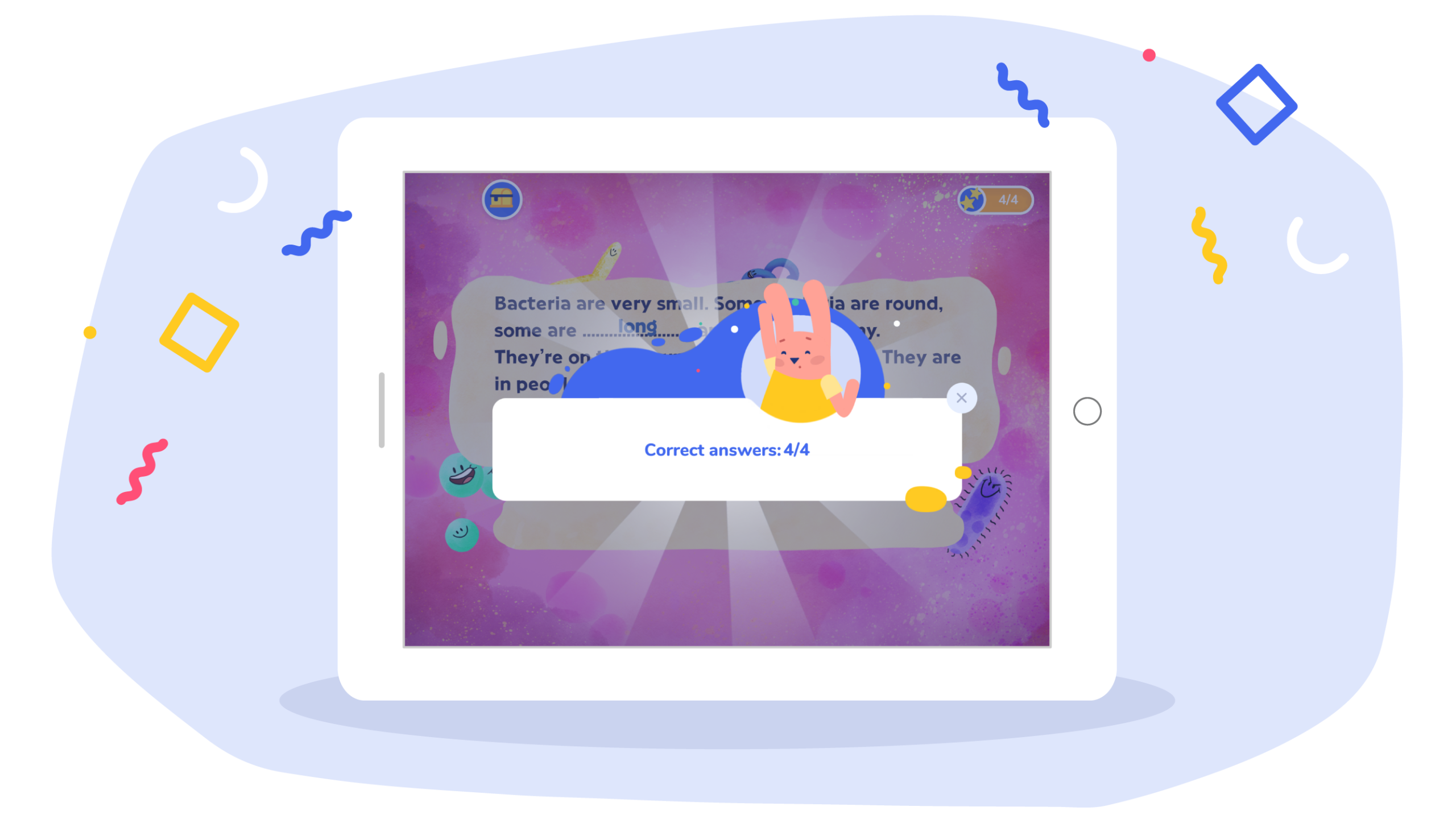
As a result, detection, diagnosis, and the encouragement of a growth mindset are critical for students with learning differences. It is a general problem that students aware of their struggle will try to remain undetected at all costs.
This may be due to confusion, or the fear of being identified and labelled as ‘different’, ‘stupid’, or ‘lazy’. Most of them will adapt a persona to distance themselves from this narrative, e.g., by becoming the class clown, remaining unengaged in class, or acting rebellious.
Ultimately, they will likely be considered as having behavioural issues rather than a learning disability.
Dean highlighted that while there were numerous resources available online, encouraged educators must ‘dig deeper’ to uncover why their students are struggling or misbehaving. Assuming that children desperately want approval, we can recognise contrary behaviour as a cry for help. Quoting a colleague, Dean said, “The only thing scarier than being lost is being lost and knowing that nobody is looking for you.” Let your students know they are not alone.
NoticeAbility’s Magellan Campaign strives to respond to the growing international demand for their courses in the global ‘dyslexia family’. Transcending gender, ethnic, and socio-economic inequities, they aim to ‘democratise access to dyslexic empowerment worldwide.
NoticeAbility provides students with curricula scaffolded by adult mentorship, helping to shift the traditional teaching paradigm to one that embraces the traits of the individual.
In this new setting, the dynamics of the classroom shift, replacing doubt and isolation with comradeship and empowerment.
Micro-strategies for inclusive learning
Even though there are different types of inclusive education, in order to truly value our learners, we must embrace diversity by working towards a curriculum accessible to and representative of all.
Thus, the ultimate goal should be the creation of a respectful and safe learning environment for all.
A key ingredient of an inclusive classroom is the relationship between and among group members, including both teachers and learners. Thus, academic or social contributions made to the group by an individual should be greatly appreciated.
If students go beyond their typical social circles, they can develop interpersonal and socio-emotional skills while broadening their horizons. Eventually, they become more tolerant and willing to cooperate with people outside their daily encounters.
Designing or adapting materials for mixed-ability groups largely depends on how relevant the content is for the learners.
Tomlinson emphasises that learners’ confidence and affective engagement should be prioritised when selecting, adapting, and designing materials with pedagogical content.
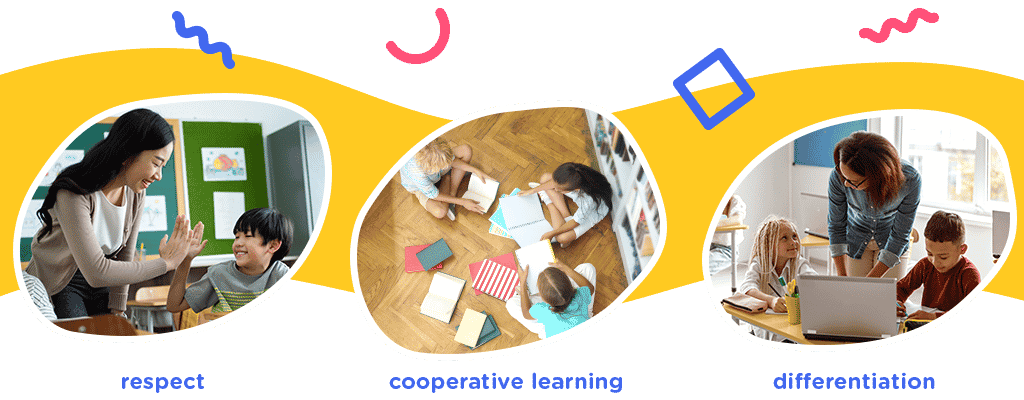
1. Respect
Respect plays a crucial role in creating a positive learning environment. It is universally accepted that learning becomes the most effortless when students feel safe and their contributions are welcome and appreciated.
Below, you can see some ideas as how to model respectful behaviour and being mindful of others in class:

2. Cooperative learning
Cooperation in the classroom is built on two main cornerstones as follows:
- positive interdependence (the ability to collaborate with others to reach a shared goal), and
- individual accountability (where the success of the group depends on the contributions individual members make).
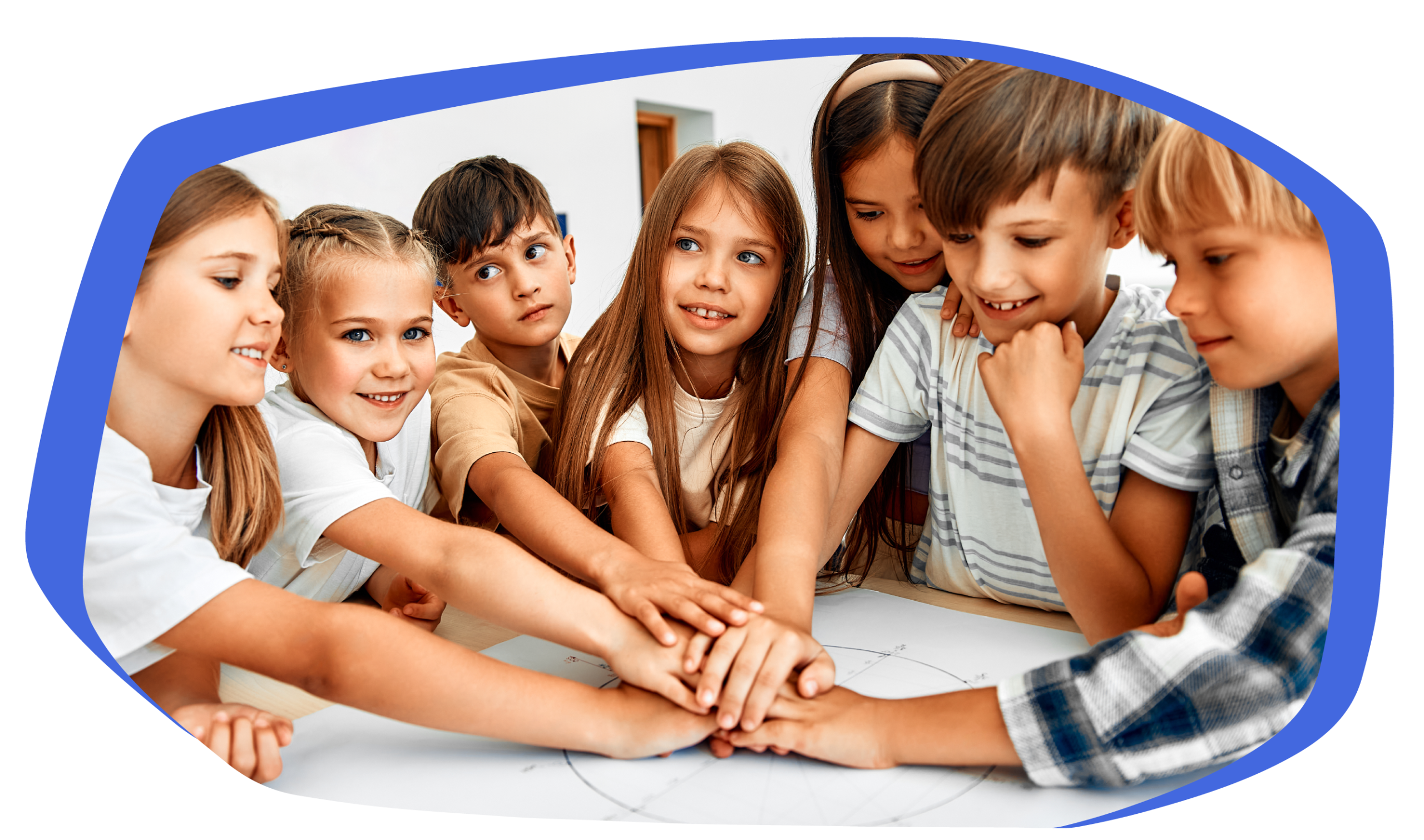
Eventually, every student will take charge of their own learning while also affecting others around them.
Let us take a closer look at assigning project work.
Have you ever tried establishing certain roles and responsibilities that students will have to take up in order to integrate the above two principles? Of course, these roles may be customized according to the context of the project work and the students in the class, but below are some general ideas for you to try.

What is more, as a teacher, you may also take part in the project by giving yourself a role that will make students interact with you (e.g. by becoming a bank clerk with whom they will have to negotiate to receive funding for their project). Getting actively involved will also help the monitoring process.
Further advice for efficiency:
- It is important to keep instructions clear and concise so that all students can easily get what the task is.
- It is worth designing tasks that incorporate different levels of difficulty so that students can choose the ones that suit their needs and are comfortable with.
- Incorporating movement through mingling tasks may also prove helpful in establishing group dynamics and creating an atmosphere of free self-expression.
Regarding projects, the adaptation of a problem-based curriculum is highly advised, as it focuses on real-life problems from the students’ perspective, leading to a “constructive, self-directed, collaborative and contextual activity” that develops a critical mind, communication skills, autonomy, as well as transferable skills.

Incorporating this with resources students are exposed to on a daily basis (e.g., YouTube or TikTok videos, internet memes, viral challenges, etc.), or the stories they share with you, may lead to even greater engagement.
Should you want to try implementing cooperative learning practices, Anderson (2019) recommends considering the following points to get started:
3. Differentiation
Try the Think » Pair » Share approach when working with mixed-ability groups to get the more reserved learners to participate in the classwork.
First, allow all learners some time to think individually about their answers to the questions (and write them down). Then, pair them up with someone to share their ideas so that they have more opinions about the same issue.
When everyone has completed their notes, start a class discussion and ask for all to contribute.
When introducing a new topic, the KWL grid may come in handy. Before active learning begins, students should complete the first two columns of the table. Once the new material has been covered, they can reflect on their learning by completing the third remaining column of the chart.
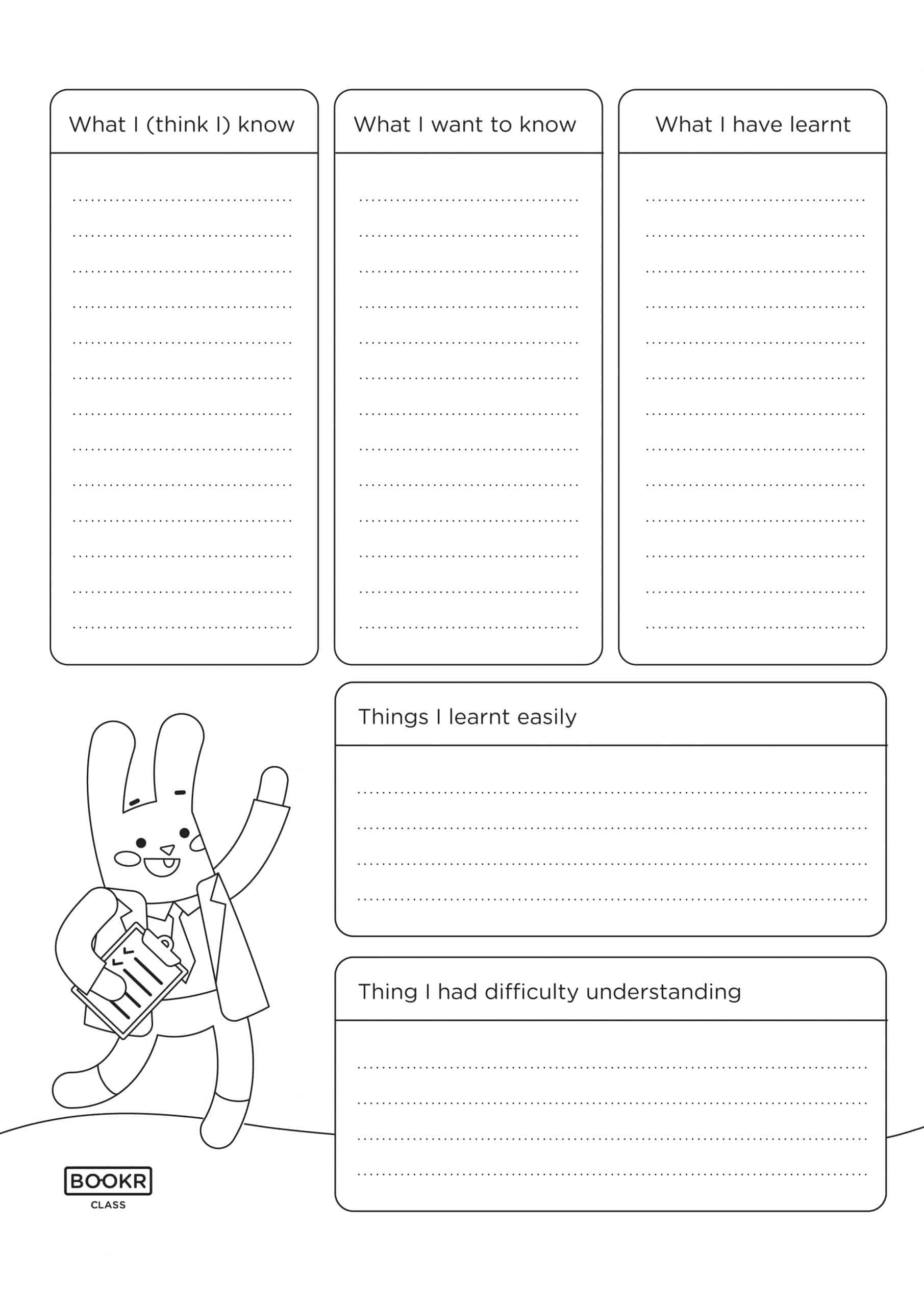
Think and reflect
It is never easy to uncover learning difficulties as, oftentimes, they are not medically diagnosed.
When researching your classroom, you may consider the following general indicators to identify special educational needs:
Does my student…
Answer these questions to start exploring what the underlying reasons for challenging student behaviour might be, and do not be afraid to consult a SEN professional for further advice.
